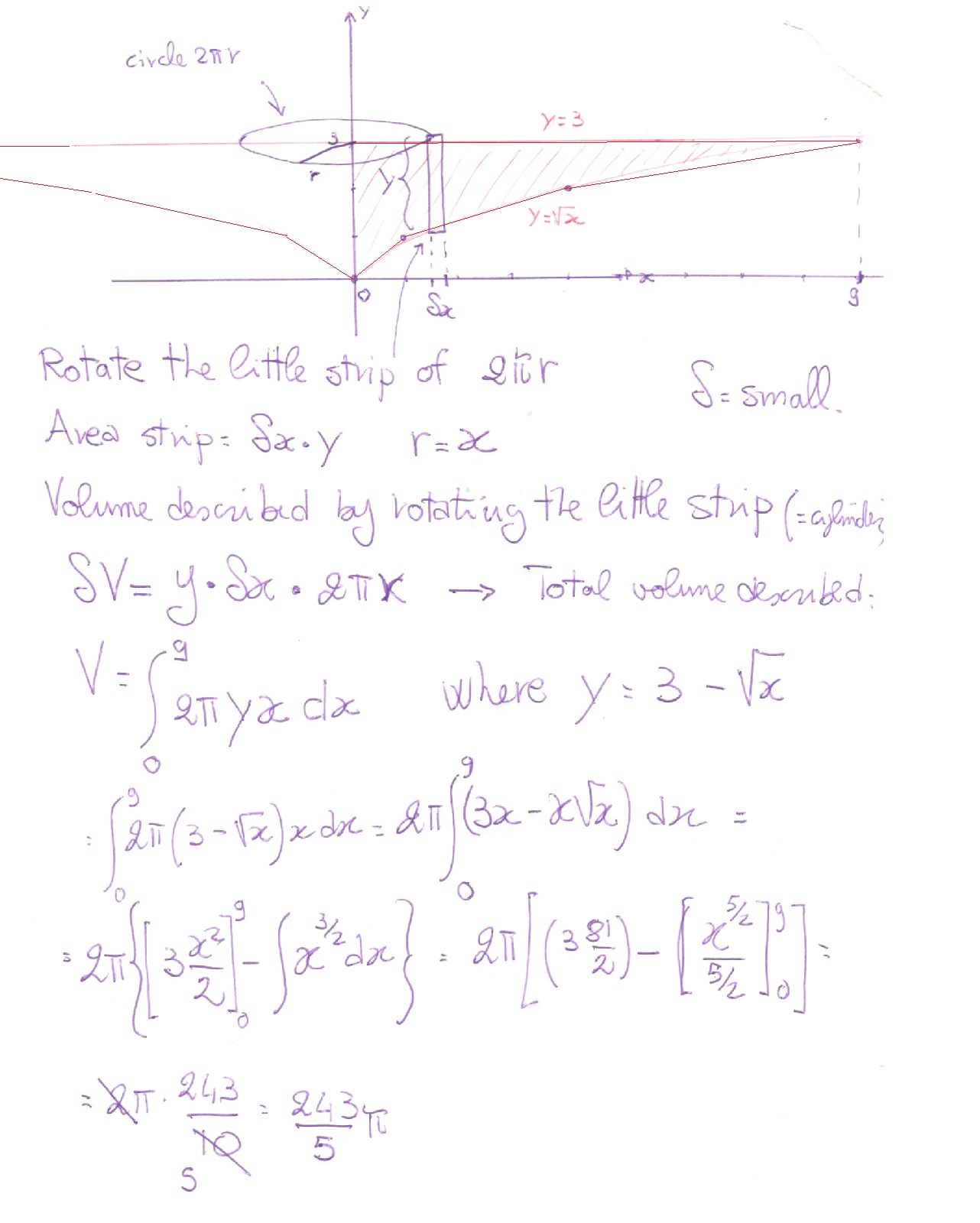

Let (-7, 4) be a point on the terminal side of (theta). Since $G$ and $M$ are constant in this problem, their derivative is zero.1. $$\log(g) = \log(G) + \log(M) - 2\log(r)$$Īnd now we can look at the fractional change in each of these things when another thing changes. We can now take the logarithm on both sides, and then differentiate: In the case of your problem, having first written the expression for the acceleration of gravity This kind of technique can be useful to see "how much does something change when something else changes by a certain amount" (which is of course the subject of calculus). In other words - a small change in the function $\log(x)$ when $x$ changes by a small amount $dx$ depends on the value of $dx$ and $x$ : the larger $x$ is, the smaller the change in $\log(x)$ for a given change in $x$. In the case when the function is $\log(x)$, we would find Normally, when we differentiate a function $f(x)$ with respect to the variable $x$, we might write I just want to look a little more at the differentiation of $\log g$: The other answers gave some useful insights. If y increases by 4%, then x must have increased by about 2%.Īlso, in the example, there's a bit of a space between d and R, which is probably a typesetting issue. For instance, if dy/y = 2dx/x, then that means that if x increases by a certain percentage, then y will increase by about twice that percentage (and it will get closer to exactly twice the closer the percentage is to zero). Strictly speaking, you have to have a ratio between two such expressions. Treating dR/R, or dy/y, as being "equal" to something is playing a bit loose with calculus. For small percentages, this is a decent approximation, but it wouldn't work for larger ones. This example is a bit imprecise, however it treats the instantaneous rate of change (derivative) as being the same as the overall rate of change. Since we're given a percent, and we're asked for another percent, it's easier to just keep it in the form dR/R. That can be thought of as a percent (a percent is part of something divided by the total). However, when you have dR/R, notice that you're dividing the change in R by the total R. If we want the explicit derivative, we'll have to divide both sides by dR. Similarly, we get dR/R on the other side (G and M can be ignored because the are constants, and thus their derivatives are zero). So when you have log(g), the derivative of that is 1/g, and then you include the infinitesimal for g, getting dg/g. However, there's a concept of an "implicit" derivative where you take the derivative of each term, but instead of taking the derivative with respect to something, you just leave the infinitesimal for the variable in that term. Normally, when you take the derivative, you take the derivative of one thing with respect to a second thing, and you say that d(first thing)/d(second thing) = derivative. In the example you give, rather than starting with dg/dR = -2g/R, the example starts with log(g) = log(G)+log(M)-2log(R), and takes the derivative of both sides. In this case, if we multiply both sides by dR, that gives us dg = -2 dR/R.

So even though infinitesimals aren't normal numbers, for a lot of purposes, we can pretend they're normal numbers, and multiply both side by the one of them. Infinitesimals aren't like "normal" numbers, but generally speaking when you divide one by another, their weirdness "cancels out", and we can treat the ratio as being a normal number. When you have d(something) by itself, this is known as an "infinitesimal". While it is presented as a fraction, it is not technically a fraction in the normal sense. The entire expression dg/dR is an atomic symbol representing the derivative of g with respect to R. For this reason they're using calculus to get to the result. This notation with differentials is meant to emphasise the fact that the changes are small compared to the quantities involved (that is for example $dR$ is much smaller than $R$, because it is only $2\%$ of it). In general, whenever you find an expression of the form $dy/y$ that is comparing the change in $y$ to $y$ itself. Notice that it can't be $dg=4\%$ because $4\%=0.04$ is just a number with no dimension, while $dg$ being a change in $g$ must have the same units of $g$, that is those of an acceleration. This follows from the algebra that they do in the example. To answer your other question, it is $dg/g=4\%$. So now, if $R$ shrinks by $2\%$, this means that $R' = R-0.02\times R$, which in terms of the change gives $dR = -0.02R$ or equivalently $dR/R=-0.02=2/100$. This change thus causes a change in $g$, which becomes $g'=g+dg$.

In particular in this case you start with a radius $R$, which then changes to some other value $R'=R+dR$.

In the example $dR$ means "change in $R$" and $dg$ means "change in $g$".


 0 kommentar(er)
0 kommentar(er)
